Dolphins in Uniform
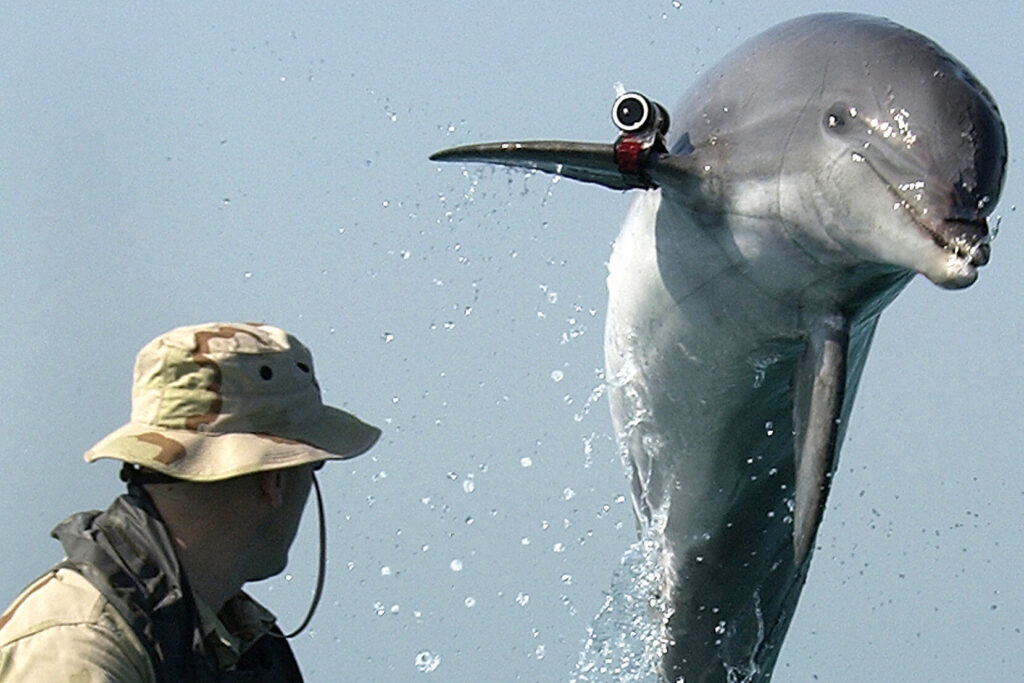
It sounds like a plot twist in a Tom Clancy novel, but it’s real—dolphins have been trained by the U.S. Navy for decades. These highly intelligent marine mammals are part of the Navy Marine Mammal Program, which began during the Cold War. The military quickly discovered that dolphins could detect underwater mines and enemy divers far more efficiently than any machine at the time. With their echolocation skills, speed, and trainability, dolphins became a living defense system patrolling harbors and submarines.
Their missions have included tagging suspicious objects, locating lost gear, and guarding strategic locations like naval bases. In fact, during the Iraq War, dolphins were deployed to sweep for mines in the Persian Gulf. It’s both fascinating and eerie—animals unknowingly playing a role in high-stakes global conflict. They’ve even been outfitted with cameras and equipment to send back underwater footage. But that raises ethical concerns: should animals be put at risk in human conflicts? The debate keeps heating up. On one hand, they’re incredibly effective; on the other, they have no say in the matter. The very idea of weaponizing nature’s friendliest creature feels like science fiction turned morally murky reality. And yet, the program still exists—and continues to evolve.
Feathered Agents: The CIA’s Pigeon Spy Network
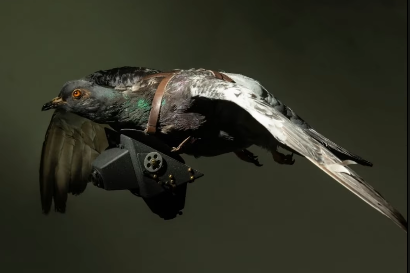
Long before drones buzzed overhead, pigeons were the original aerial surveillance tools. During the Cold War, the CIA ran a secret program involving pigeons trained to carry tiny cameras strapped to their bodies. These pigeons would fly over enemy territory snapping high-resolution photos of military bases, installations, and shipyards. It was low-key genius. Pigeons could fly undetected, didn’t rely on fuel or batteries, and returned home instinctively.
The most famous iteration of this idea was Operation Tacana, a declassified project that used pigeons to spy on Soviet infrastructure. While the images they took weren’t exactly blockbuster-level espionage reveals, the experiment proved that animals could be highly functional surveillance assets. The CIA didn’t stop at pigeons—they also looked into cats, dogs, and even ravens. But pigeons remained surprisingly dependable. They never asked questions, never defected, and were cheaper than high-tech gadgets. It’s bizarre to imagine a bird flapping above a nuclear facility while silently taking pictures, but that’s exactly what happened. It’s espionage at its weirdest—and its most creative.
Project Acoustic Kitty

In perhaps one of the most surreal chapters of animal espionage, the CIA in the 1960s launched “Project Acoustic Kitty.” The idea? Implant a microphone and radio transmitter inside a cat, then train it to eavesdrop on conversations in public spaces like parks and embassies. Yes, a literal spy cat. The goal was to exploit a cat’s natural ability to go unnoticed—an ideal trait for sneaking into sensitive areas without suspicion.
The outcome, however, was a disaster. The first test ended tragically when the cat, after being released near its target, wandered into the street and was hit by a taxi. That ended the mission—and the project—almost immediately. But the very fact that the idea was funded, designed, and attempted shows how far intelligence agencies were willing to go. There were real government memos discussing the logistics of feline surveillance. It makes you wonder how many other wild experiments we’ve never heard about. As laughable as it sounds now, it’s a testament to just how blurred the lines between imagination and reality became during the Cold War. Sometimes, truth really is stranger than fiction.
Bat Bombs

If bats carrying incendiary bombs seems like a fever dream, welcome to the bizarre reality of World War II’s secret projects. The U.S. military once considered using Mexican free-tailed bats strapped with tiny time-delayed explosives to bomb Japanese cities. The plan was to release them from aircraft over urban areas at dawn. The bats, seeking dark places to roost, would nest in wooden buildings—and boom, delayed detonation would cause chaos and fires.
The project, known as “Project X-Ray,” was actually tested multiple times and even yielded promising results. In one test, bats accidentally escaped and burned down part of a U.S. airfield. Still, the idea showed how war can push imagination to strange, dark places. Scientists and generals genuinely believed bat bombs could be more destructive than conventional incendiaries. Eventually, the project was scrapped in favor of the atomic bomb, but not before serious time and money were invested. It’s a story that sounds made up until you see the declassified documents. The image of bats silently gliding into buildings with ticking bombs is disturbing and surreal—but also chillingly real.
Spy Ravens
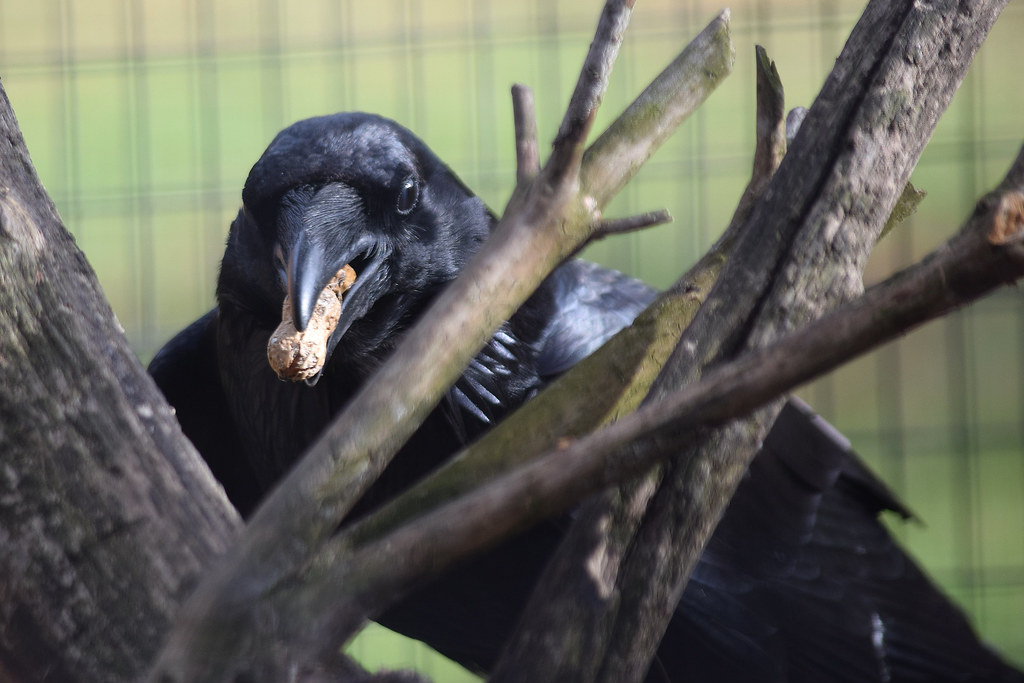
Ravens are some of the smartest birds on Earth, so it makes a weird kind of sense that intelligence agencies once tried to turn them into covert agents. These birds were reportedly trained to fly through open windows and snatch objects like documents or tapes. With their dexterous beaks and sharp problem-solving skills, ravens were capable of surprisingly complex tasks. Imagine a sleek black bird flying into an office, grabbing a cassette from a desk, and flying off into the horizon.
Although details about these programs remain scarce and often fall into the “rumor but plausible” category, there’s enough supporting documentation to take them seriously. Ravens can remember faces, plan ahead, and even use tools. That level of intelligence makes them valuable—if a bit creepy—in the world of espionage. Some believe the Soviets experimented with corvids during the Cold War, while others suspect similar programs were tested in the West. If true, it’s a chilling reminder that no creature is off-limits when governments go into spy mode. It also means that next time you see a raven staring you down from a power line, it might not just be sizing you up—it might be listening.
Bees with Backpacks

It might sound like something from a sci-fi cartoon, but researchers have actually outfitted bees with tiny electronic backpacks. Initially designed to study pollination patterns and track hive health, these mini devices soon sparked ideas in military and surveillance communities. Imagine a swarm of bees not just pollinating flowers—but quietly transmitting environmental data or even eavesdropping with built-in microphones. Suddenly, that buzzing sound outside your window feels a lot more ominous.
These bee-mounted trackers are part of a growing field called “bio-hybrid surveillance,” where living organisms are enhanced with micro-technology for data collection. The potential military applications are staggering. Bees can access tight spaces, go unnoticed in most environments, and operate in swarms. If scientists can refine battery life and transmission range, they might become the perfect natural drones. It’s both fascinating and alarming to think that something as innocent as a honeybee could be used for spying. Even if the original intentions were scientific, the dual-use possibilities are all too real. The line between nature and tech is blurring fast—and bees might be the new frontier of quiet intelligence gathering.
Dolphins in Russian Waters

Just when you think it’s only the U.S. deploying aquatic spies, Russia swims into the conversation with their own military dolphins. Satellite images have revealed dolphin pens near Russian naval bases, sparking rumors of their role in underwater security and espionage. These dolphins are believed to guard against enemy divers and detect underwater mines—similar to their American counterparts. But whispers suggest something more covert: training them to attack intruders or carry surveillance gear into contested waters.
In 2019, a tame beluga whale was found by Norwegian fishermen wearing a harness labeled with Russian markings. Nicknamed “Hvaldimir,” he quickly became a viral sensation—and a suspected spy. The fact that a trained marine mammal wandered into foreign waters wearing surveillance gear stirred international curiosity and unease. Was he lost, retired—or still on mission? Russia has never officially confirmed the extent of their marine mammal program, but naval documents and footage point to a surprisingly active unit. The whole thing feels like a Cold War subplot that never ended, just got weirder.
Parrot Interrogators
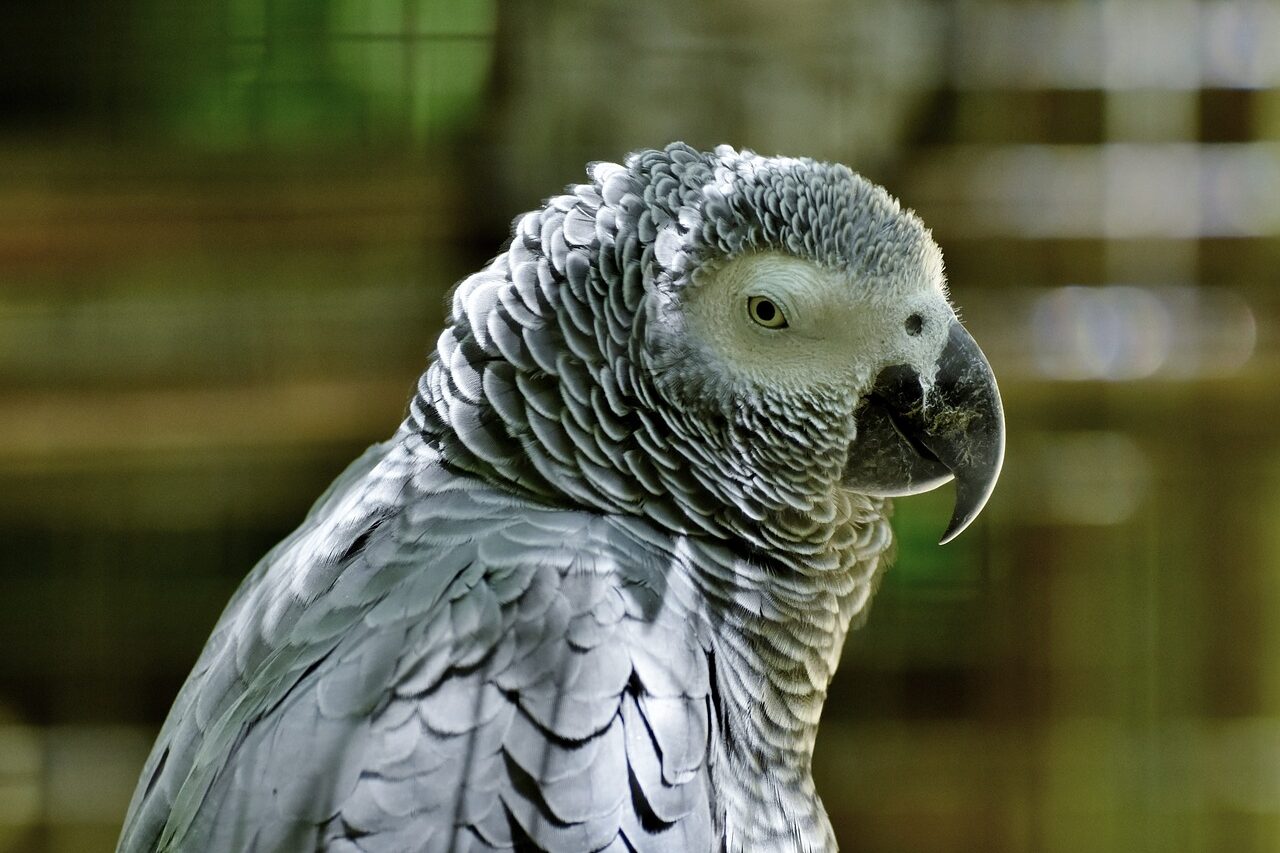
Parrots are known for their uncanny ability to mimic human speech—but what if that skill was weaponized for intelligence purposes? While there’s no confirmed case of parrots being trained to spy on humans through conversation, there have been reported attempts to use their mimicry to replicate key phrases or codes. In theory, a parrot in the right environment could pick up sensitive words or repeat snippets of private discussions.
It might sound ridiculous until you consider just how good some parrots are at sounding human. There have even been domestic cases where pet parrots exposed secrets—accidentally revealing affairs or repeating arguments. So it’s not too far-fetched to imagine intelligence agencies experimenting with these birds. A parrot planted in an office or villa could become a quirky conversational spy. Of course, training them with precision would be incredibly difficult—but not impossible. In the right (or wrong) hands, a brightly colored bird could be more than just a pet. It could be a recording device with feathers.
Elephant Recon

During the Vietnam War and other jungle conflicts, military strategists considered using elephants for surveillance and transport in dense forests. Their size made them suitable for carrying heavy equipment, and their ability to move quietly through thick vegetation made them ideal for stealth operations. While not exactly covert agents, elephants were seen as living tanks that could serve surveillance or logistics purposes in rough terrain.
There’s some evidence that camera equipment was tested on elephants to film behind enemy lines. The idea was to use them as mobile observation platforms that wouldn’t draw suspicion in rural regions where elephants were common. But training them proved costly and slow, and mechanical alternatives soon replaced the concept. Still, it shows just how far militaries were willing to go to turn animals into war tools. The image of a majestic elephant lumbering through the jungle with a camera mounted on its back is strange—and a little sad. It reminds us that no creature was too large—or sacred—to be considered for the game of war.
Fishy Business

China once made headlines with a robotic fish that moved and swam like a real carp, reportedly for use in underwater surveillance. Built to mimic natural swimming movements, the robotic carp could blend into aquatic environments while collecting data or monitoring underwater structures. Though presented as a scientific innovation, its design clearly suggested espionage capabilities.
The fish was so lifelike that it could avoid suspicion in both rivers and controlled environments. It sparked discussions around “bio-inspired” spy tech and the thin line between animal mimicry and actual wildlife espionage. If robotic fish can swim alongside real ones unnoticed, what’s stopping them from being used to monitor naval operations or track undersea cables? These mechanical spies could be deployed in lakes, harbors, or even water treatment plants. The robotic carp is just one example of how espionage is moving beneath the surface—literally. And it raises a question we’re not ready to answer: how many things swimming near us aren’t alive at all?
Insect Drones
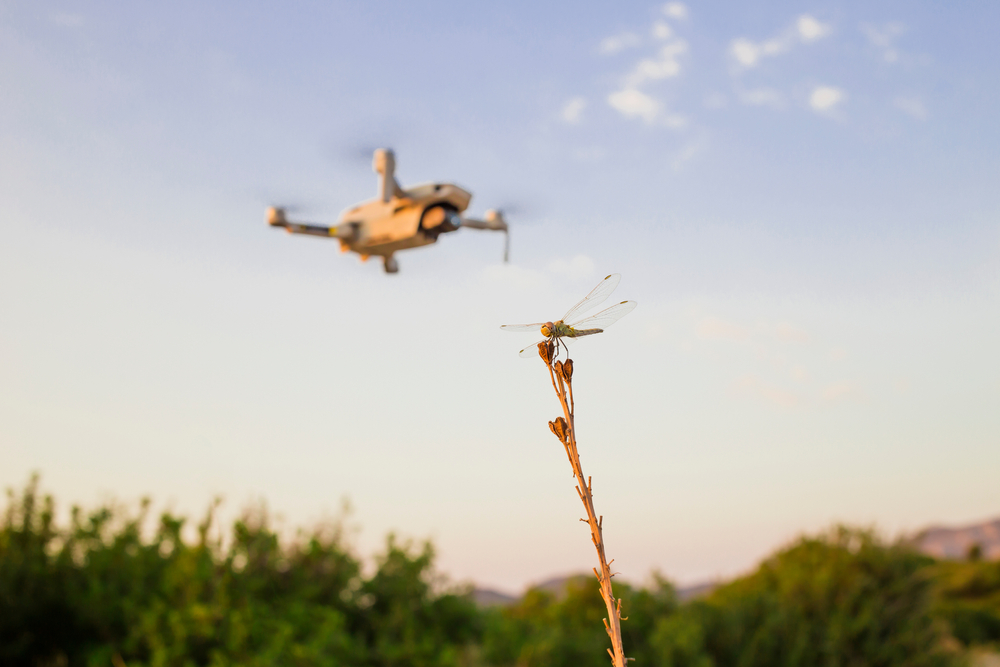
For years, rumors have swirled about insect-sized drones used in surveillance. In 2007, reports emerged of dragonfly-like objects hovering over protests in the U.S.—objects some believed were government surveillance tools. While no agency confirmed their use, DARPA and other military research divisions have openly invested in “micro aerial vehicles” (MAVs) that resemble insects in both size and motion.
These bug drones can enter tight spaces, remain undetected, and even land on surfaces like walls or ceilings. In a war zone or diplomatic setting, they could record conversations or photograph documents without anyone knowing. Some are being developed to mimic the flight of bees, flies, or beetles, complete with flapping wings and stabilizers. The potential for stealth is mind-blowing. Insects are already annoying—but imagine one silently observing your every move. It’s like the world’s creepiest form of surveillance. The next time you swat at a mosquito, you might want to make sure it bleeds.
Octopus Intelligence
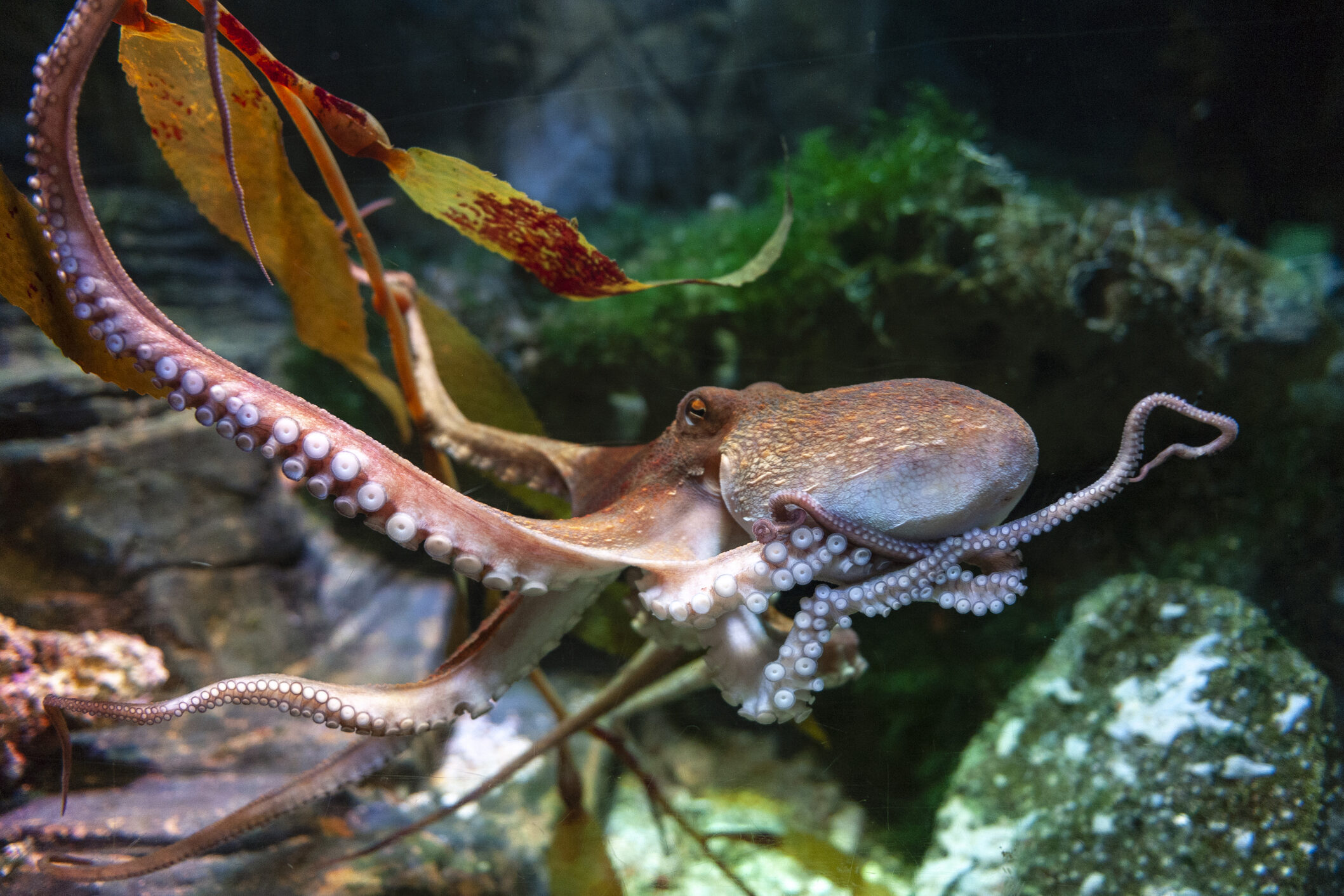
Octopuses are among the most intelligent creatures in the ocean, capable of problem-solving, camouflage, and even escaping enclosures. Their cognitive abilities have led some researchers to speculate that octopuses could be used in surveillance or reconnaissance—especially in underwater environments where traditional tech struggles. While there’s no confirmed program involving octopus spies, the idea has been floated in military and scientific communities.
Imagine an octopus crawling through coral reefs, sending back sonar or camera footage while avoiding detection. Their ability to squeeze through tiny openings, change texture and color, and manipulate objects makes them a potential goldmine for stealth operations. Some theorists have even suggested genetically modifying octopuses to carry sensors or transmitters. It’s pure speculation for now—but not completely absurd given what we’ve seen with dolphins and fish. If the future of espionage lies beneath the surface, the octopus may be the most underestimated secret agent of all. Watch the tentacles—they might be recording.


